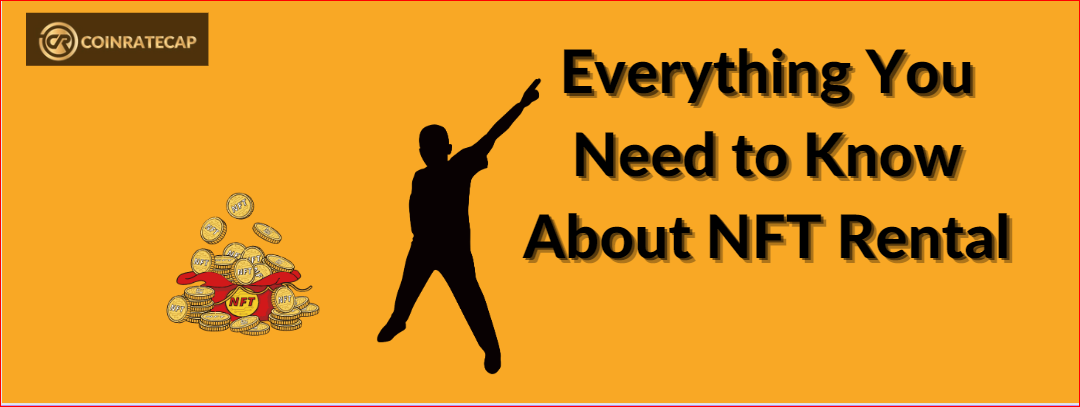
Ever
since non-fungible tokens (NFT) shot to popularity in 2021, it keeps
revolutionizing the decentralized space. This is true because it broadens and
redefines the decentralized economy, promotes the permissionless and
transparent features of blockchain, and creates more case use of blockchain technology. At the moment, NFT renting
is another aspect of the industry that is picking up.
What
Is NFT Renting?
The
process of borrowing NFT for a set period is known as NFT renting. The use of
smart contracts makes this possible. The smart contract requires some deposit,
however, and also acts as an escrow. At the end of the rental period, the NFT
must be returned to the real owner.
Just
as NFT came to prominence a few years back, crypto investors are also embracing
NFT renting. NFT renting gives a means for investors to be exposed to new NFTs
without buying them.
Why
Should You Rent NFT?
People
rent NFTs for different reasons. Below are some reasons why you can rent NFTs.
The high price of NFT:
The number of people that can purchase NFT outright is not many. Nevertheless,
these people can get the privilege of owning their favorite digital asset for a
set period without having to pay huge upfront fees.
Source of income:
Renting NFT for lenders can be a source of income. A rental fee is charged by
the lenders for the use of their NFTs.
The need to be flexible:
Some people only need an NFT for a short period. As a result, they enjoy this
benefit from NFT renting.
Inadequate storage space:
There may be the need to have more storage space to keep a bought NFT. With NFT
renting, investors can enjoy the benefit of not having a storage space for the
asset.
A trial before making a
purchase: With NFT renting, investors can try to use
an NFT before buying them. This is helpful to investors who need help in
choosing the NFT to buy.
Types
Of NFT Renting and How They Work
Below
are the two forms of NFT renting.
1. Collateral
renting
There
is a marketplace for NFT renting. Owners of NFTs can place their NFT on this
market in collateral renting. Here, NFT enthusiasts can borrow and lend them. A
renter who is interested in NFT can go ahead with the NFT renting process. In
the process, the lender and the borrower agree on the terms of the contract.
The
terms of the contract are the smart contract in which the NFT is embedded. The
terms and conditions which include providing collateral and returning the asset
before the end of the contract are only effective when the lender and renter
accept it.
When
the rental period is up, the smart contract is rendered inactive, and the NFT
lender receives their NFT back. When the borrower reclaims their collateral,
the NFT loan procedure is over.
2. Collateral-less
renting
Collateral-less
NFT renting is free of collateral. Although it is similar to collateral-based
renting, it offers huge benefits to both the renter and the owner of the asset.
It is also easier. A lender is not necessitated to give up collateral for this
form of NFT renting.
In
collateral-less renting, owners of NFTs enlist their assets on an NFT renting
marketplace. Any interested buyer may indicate interest in an NFT from which a
smart contract is initiated by the marketplace. Thereafter, both the lender and
the borrower agree on the terms of the contract, including the duration and
rental fees.
Once
the renter has paid the rent and any incentive costs, the marketplace will
execute the smart contract to get the wrapped NFT delivered to the renter.
After the smart contract's expiration, the wrapped NFT is brought back to the
contract and destroyed there.
Conclusion
To leverage their digital
assets without having to spend a lot of money, people are increasingly turning
to NFT rentals, which are growing in popularity. NFT renting also helps both
parties; the owner earns a passive income and the renter benefits from the
NFT's utility.
Ever since non-fungible tokens (NFT) shot to popularity in 2021, it keeps revolutionizing the decentralized space. This is true because it broadens and redefines the decentralized economy, promotes the permissionless and transparent features of blockchain, and creates more case use of blockchain technology.

Written by Sam